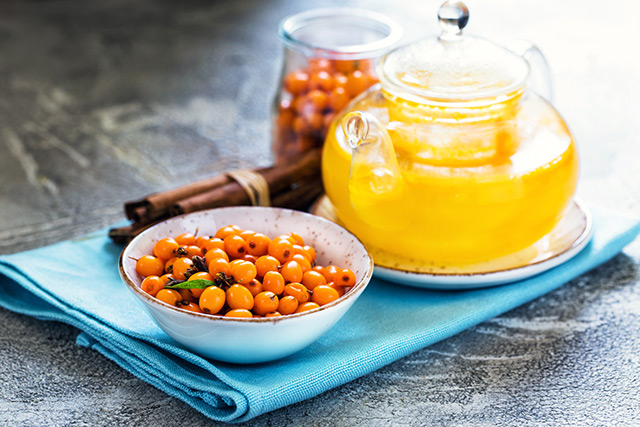Global olive oil supply under threat as deadly bacteria reaches Spain
07/20/2017 / By Jhoanna Robinson

A deadly bacterial species, which has been identified as the Xylella fastidiosa pathogen, the very same bacteria that infected thousands of olive trees in Italy in 2016, had recently found its way in mainland Spain, which is touted to be the world’s number one producer of olive oil.
Elena Cebrian, regional councilor of the Autonomous Department of Agriculture, said the pathogen was located among the almond trees in eastern Valencia. While the trees did not appear to be ailing, their almond production noticeably dwindled, she noted.
Asociacion Agraria Jovenes Agricultores (ASAJA) leader Luis Carlos Valero, who is managing the farmers union in Jaen, is not optimistic about escaping the plague after receiving news that it had already been detected in Alicante during the last week of June, noting, “Clearly, we are not going to be able to stop this; it’s a question of time before it reaches us.”
The fact that X. fastidiosa infected only almond trees did not reassure Spanish olive farmers even as the tests of X. fastidiosa infestation among olive trees in Alicante returned negative. This is because researchers say that the pathogen has the ability to infect 300 plant types worldwide.
“We should try not to over-dramatize, but the situation is worrying,” Eduardo Lopez, a spokesman for the farmers union Coordinadora de Organizaciones de Agricultores (COAG) said in an interview with news website El Confidencial.
The Valencian regional government followed European Union precautionary measures by cutting down all the plants in a 100-meter radius around the affected almond trees in Guadalest, Alicante. The regional government offered 7,429 euros to farmers to compensate for each hectare lost, but the money fell short of the amount that the farmers were seeking, which was 27,000 euros for each hectare lost.
The area is also being treated against insects such as cicadas, sharpshooters, and spittlebugs, which have the potential of transmitting the bacteria. (Related: Italy plans to cut down thousands of olive trees to fight infections; counterfeit oil surge expected to hit market.)
Olive growers have grown to fear the pathogen X. fastidiosa, which the Spanish daily El Mundo has dubbed as “the Ebola of olive trees” and the “olive tree leprosy”. The European Union has described it as “one of the most dangerous plant bacteria worldwide”.
The existence of the pathogen was first recorded in Europe in 2013 when it was located in one of the olive groves in Puglia, Italy, forcing Italian officials to destroy around a million olive trees. The pathogen was found in France soon after, and then first reached Spanish soil in October 2016 when it was found thriving in cherry trees in Mallorca, the largest of the islands in Balearic.
For further security measures, Spain recently banned plant imports from the Balearic Islands.
According to a report that was released by the European Union in June, X. fastidiosa originated in its native ecology in the Americas, where it attacked almond and pecan trees in California back in 2000. The report blamed Italian officials for not making sure that the pathogen was contained so as to avoid instances wherein they could spread out to other countries.
The European Commission is worried that the pathogen could destroy the world’s entire olive industry.
In trees affected by X. fastidiosa, the bacteria invade the xylem, thus blocking the path of water and nutrients and hindering them from getting to the leaves and the plants’ other parts, leaving them dried, withered, and looking as if they were burned. Trees could die as a result of this infestation.
No known cure for X. fastidiosa infestation exists at the moment.
Read more stories such as this one at GreenLiving.news.
Sources include:
Tagged Under:




















